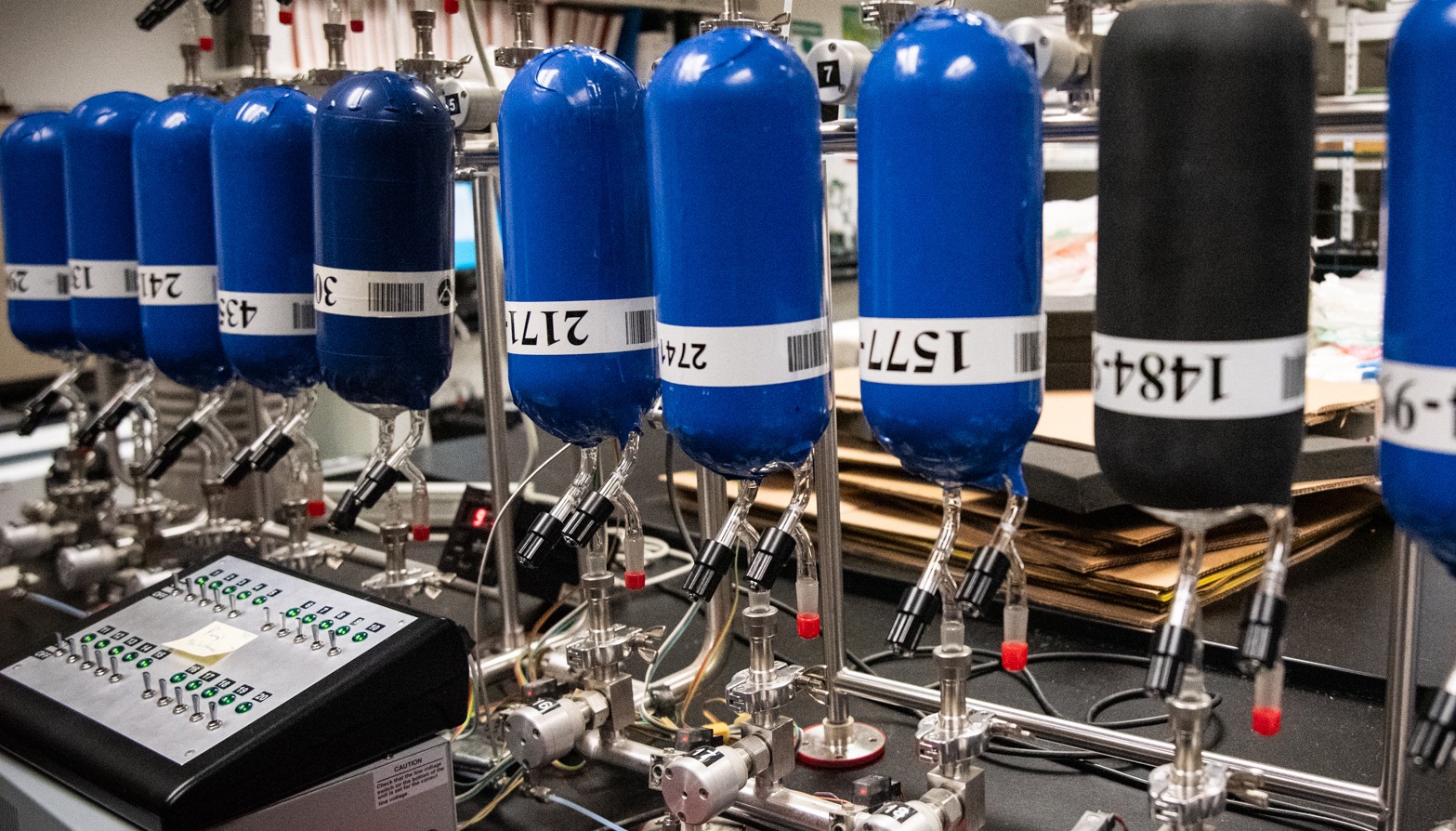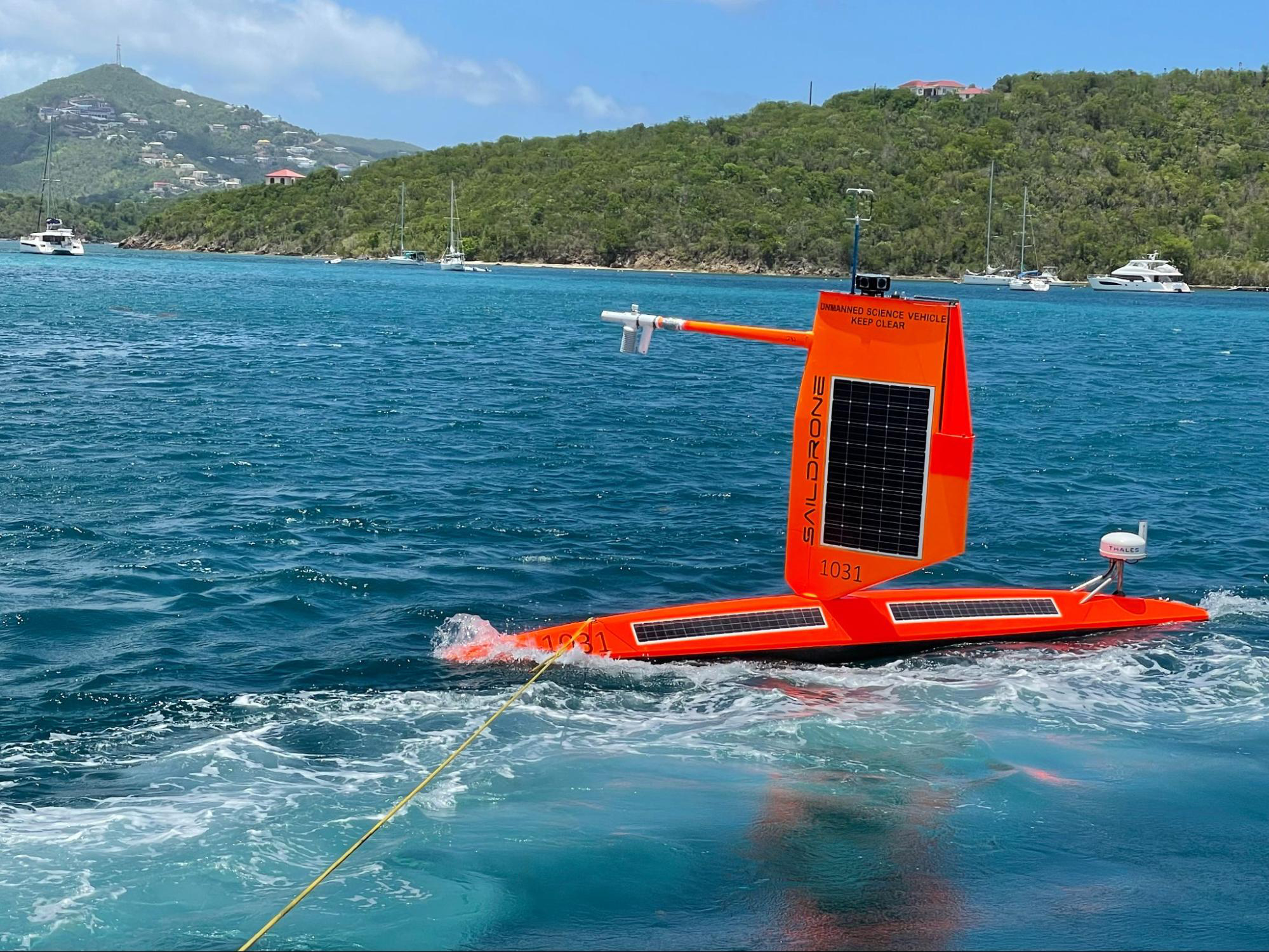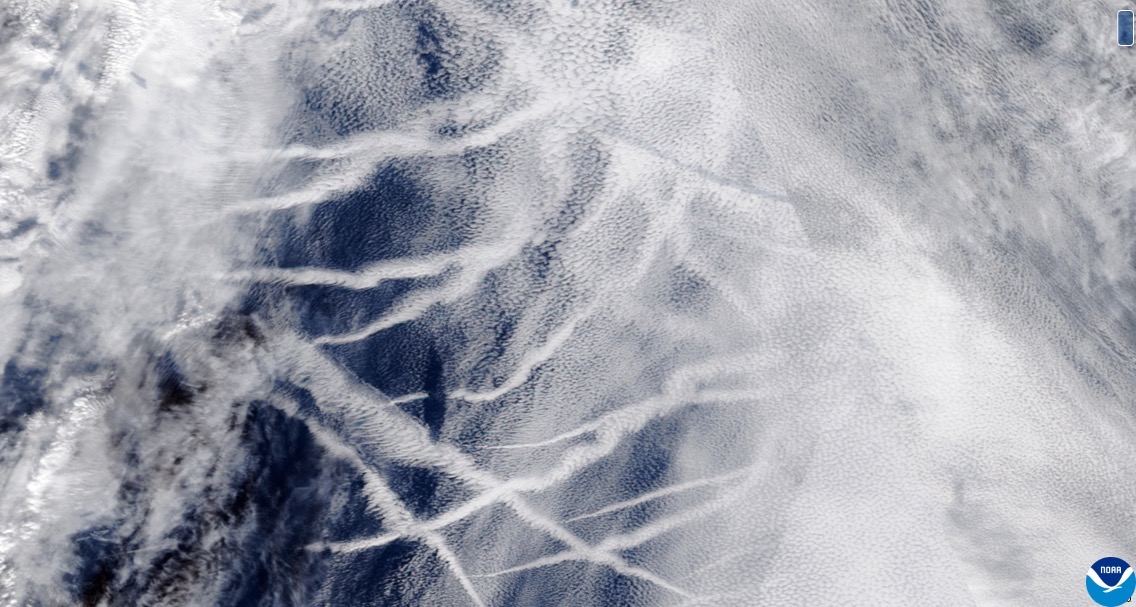This summer’s barrage of extreme weather around the globe – including record heat waves, wildfires, and flooding – have amplified calls for urgent action to address climate change. The view that rapid, drastic reductions in greenhouse gas emissions are needed is now the scientific consensus. More controversial are calls for investigating geoengineering techniques that may cool the planet quickly by reflecting sunlight away from Earth’s surface.
One technique, called marine cloud brightening, would seek to make low-level clouds over the ocean more reflective and longer-lived by injecting them with small particles of salt generated by spraying seawater into the air. Theoretically, water vapor would collect on the surface of these salt particles creating additional cloud droplets that would reflect more sunlight back out to space.
This may be easier said than done, according to new research published in the Journal of Atmospheric Sciences by NOAA’s Chemical Sciences Laboratory and CIRES researchers. Using a sophisticated computer model that accurately simulates the miniscule changes in cloud droplets, the researchers found that both the size of the cloud seed particles and the number of particles injected are crucial for successfully brightening the clouds to reflect more sunlight. To make matters even more complicated, the optimal particle size is likely case (or cloud) dependent.
“It’s really not so easy as just spraying seawater up and hoping for the best,” said lead author Fabian Hoffmann, a researcher at Germany’s Ludwig-Maximilians-Universität and a CIRES Visiting Fellow in CSL at the time of this research. “There are complex microphysics at play. If your particles are too large or too small, too many or too few, you could get little or no cloud brightening, or even less reflective clouds, as a result.”
A Goldilocks dilemma
Like Goldilocks and her bowls of porridge, the authors found that there is an ideal particle size that is ‘just right’ for increasing the reflectivity (or albedo) of marine clouds. Particles that are too large can form large droplets; these can collide with each other falling out of the cloud as rain. Even a tiny number of large particles (as few as one in a million) can increase rainfall and break up the cloud layer. Conversely, very small particles may either not form cloud droplets at all, or may cause an existing cloud to evaporate away faster. In each case, the result could be more sunlight striking the surface, not less.
So what is the ideal size of a cloud seed?
All clouds are not created equal. Different types of clouds have different microphysical properties and exist in different environments, both of which need to be taken into account.
“Since there is a risk that particle size can either increase precipitation or increase evaporation, the optimal particle size and number will likely need to be matched to the target cloud,” explained NOAA scientist Graham Feingold, who co-authored the study with Hoffmann.
This concept of marine cloud brightening is not a new one – it was first proposed in the early 1990s by the late British physicist John Latham. However, it is receiving more attention recently with the growing international focus on climate change and warnings from scientists, including in the recently released IPCC Sixth Assessment Report, which found we are not on track to limit the average temperature increase to below the 2°C threshold. This has prompted a spate of new research, including this current study, focused on whether such an approach is even technically feasible.
Whether or not humans could, or should, ever modify clouds on a scale that might help alleviate climate change, doing this research has given Hoffmann a newfound appreciation for cloudy days.
“I grew up in Northern Germany and always hated those gray skies,” he said. “I have now come to appreciate how important they are in regulating the Earth’s temperature.”
For more information, contact Theo Stein, NOAA Communications, at theo.stein@noaa.gov, or Chelsea Thompson, Chemical Sciences Laboratory, at chelsea.thompson@noaa.gov.



